Imagine you are a PC surgeon, capable of understanding every piece of hardware. Sound complicated? Our guide will make you an expert in no time
In an increasingly digital age, understanding hardware components is crucial. Among these, the CPUs stand out significantly, as for the car engine. In the BestialGames.it article on the best gaming processor you can find those that most of all represent a category of particular relevance for fans of the sector. These essential components, from the processor to RAM, constitute the beating heart of every computer. Understanding them not only allows us to appreciate the magic that takes place inside the metal box under our desk, but also to make informed decisions when it comes to upgrades or new purchases. In this guide, we’ll explore the various hardware components, their function, and how they interact with each other to enable the digital magic we take for granted every day.
The Foundation: What is Hardware?
Hardware is the tangible aspect of the computer, including all the physical components that constitute it, from internal circuits to input and output devices. It is the component that you can touch, see and, in some cases, even hear. On the contrary, software represents the intangible part, consisting of the programmed code that allows the system to function and applications to run on this physical platform.
Every single operation your computer performs, whether it’s loading a web page, playing a video, or running an application, is made possible thanks to the orchestration of various hardware components. These components include the central processor (CPU), which is the brain of the computer and executes software instructions. RAM memory, which temporarily stores the data necessary for ongoing operations. The hard disk or solid state drive (SSD), which stores data and programs. The motherboard, which connects all the hardware components to each other; and other peripheral devices such as mouse, keyboard, monitor, graphics card, and sound card.
Each hardware component has a specific role and works in harmony with the others to ensure that the computer runs efficiently and responsively. In short, hardware is the foundation on which software operates, making possible all the functions and operations we perform on our computing devices every day.
Hardware examples: a visual tour
In this exploratory visual tour, we’ll dive into the details of some crucial hardware components that make up the anatomy of our computer:
First and foremost, it is impossible to ignore the importance of the processor, commonly known as the CPU (Central Processing Unit), which acts as the brain of the machine. This is where all operations are performed, making data processing and program execution possible. In many ways, the CPU is the beating heart that keeps the entire system alive, ensuring that every command is executed with precision and efficiency.
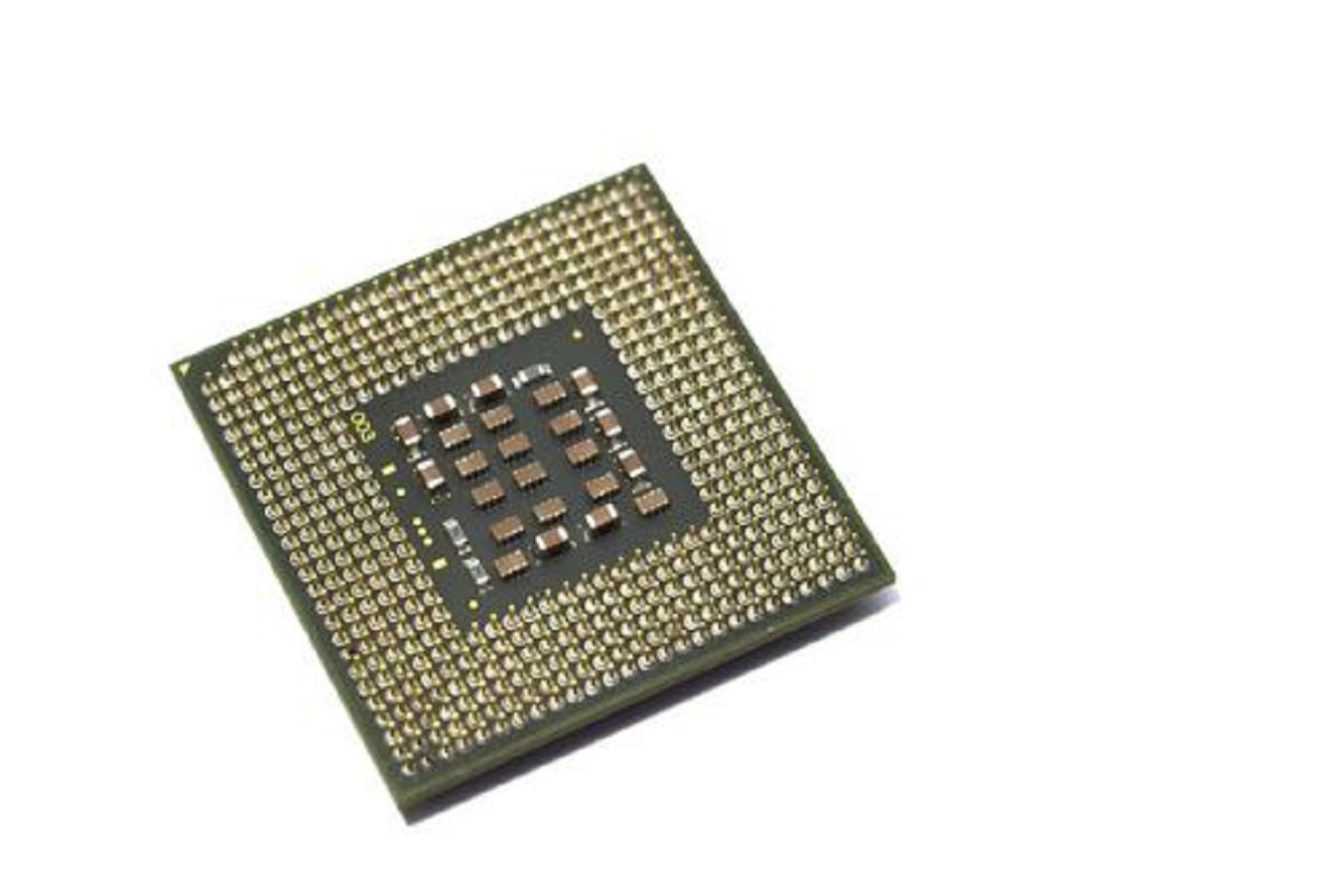
Continuing our tour, we encounter RAM (Random Access Memory), which can be compared to the computer’s work table. It provides the space needed to perform various operations, allowing quick access to the data needed for ongoing operations. The larger the RAM, the more operations can be handled simultaneously, making the system faster and more responsive.
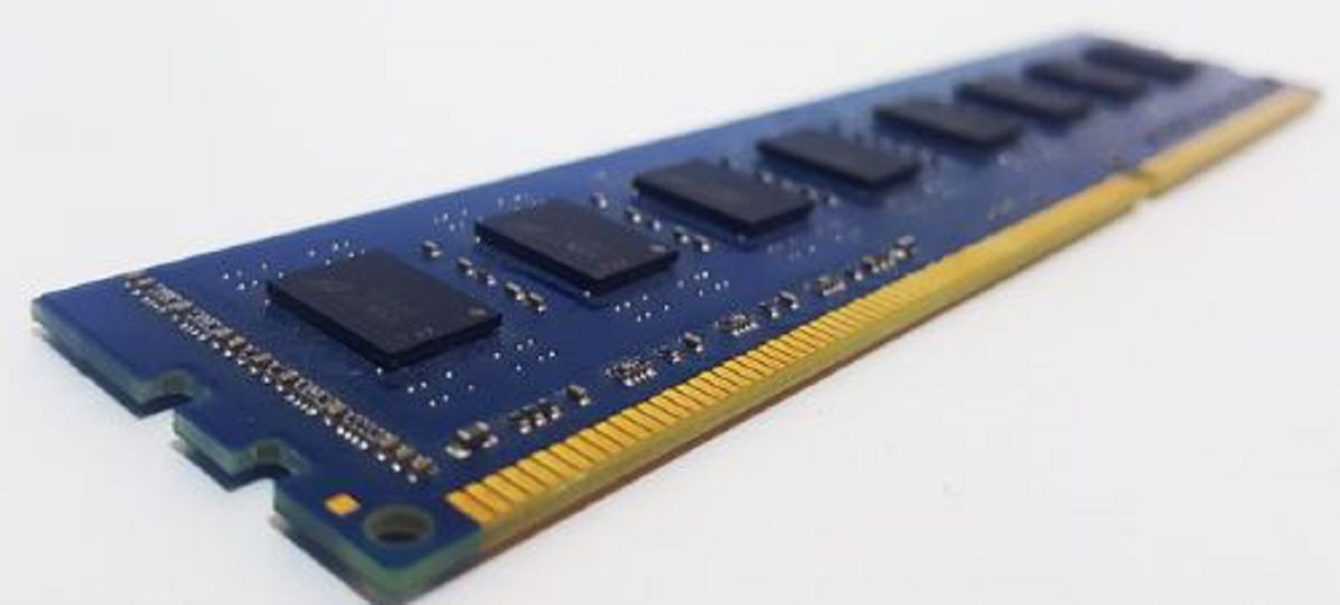
Moving forward, we come across the hard disk or, in the case of more modern systems, the Solid State Drive (SSD), or the more high-performance M.2 with PCI Express interface. These components act as a warehouse, storing all system data, applications and files, making them readily available for future use.
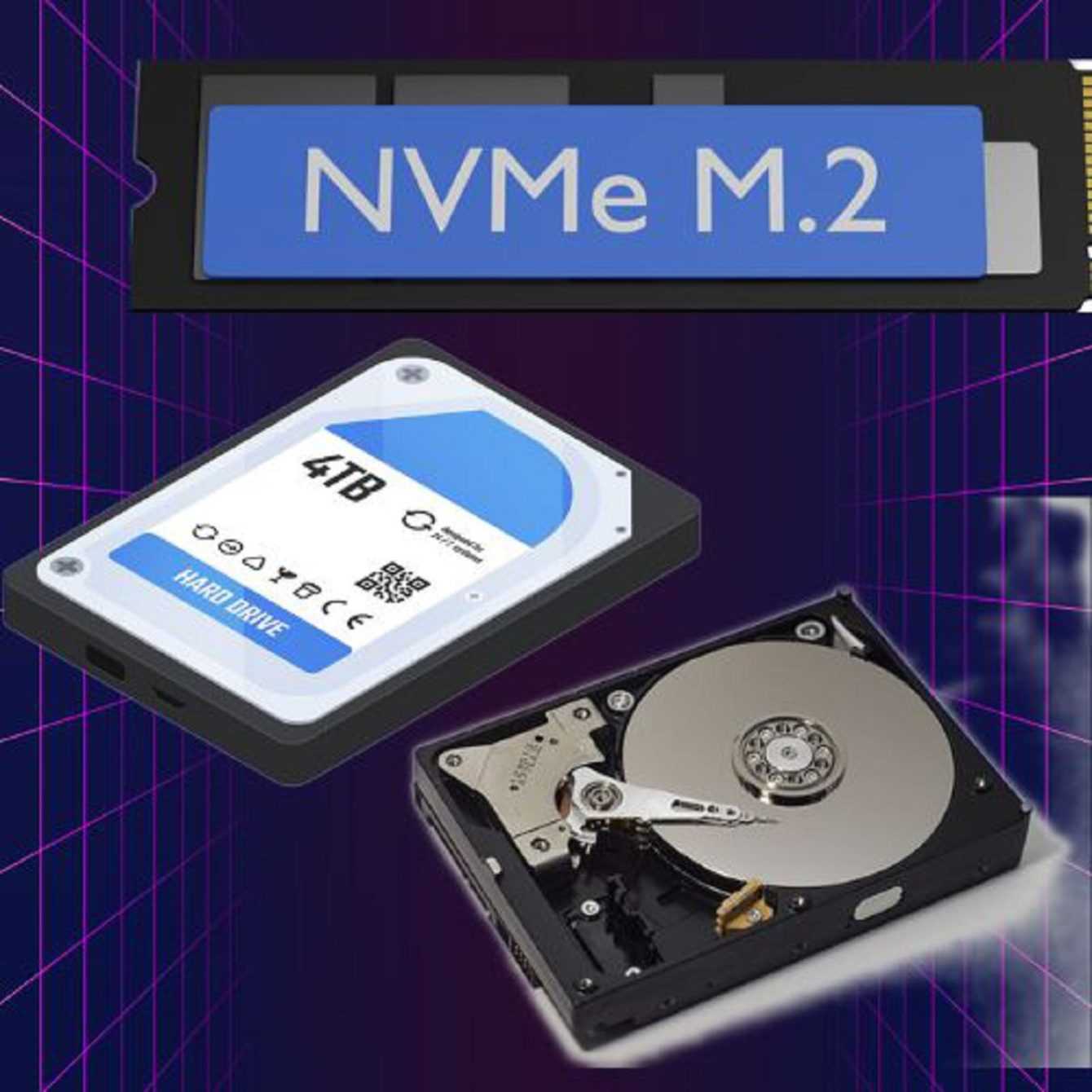
Last but not least is the motherboard, which serves as a large metropolis where all these components coexist and interact. The motherboard connects all the hardware components, facilitating communication between them, and ensuring that the system functions as a cohesive unit. Through this intricate network of components, our computer is able to perform daily operations with a synergy that defines the digital age in which we live.
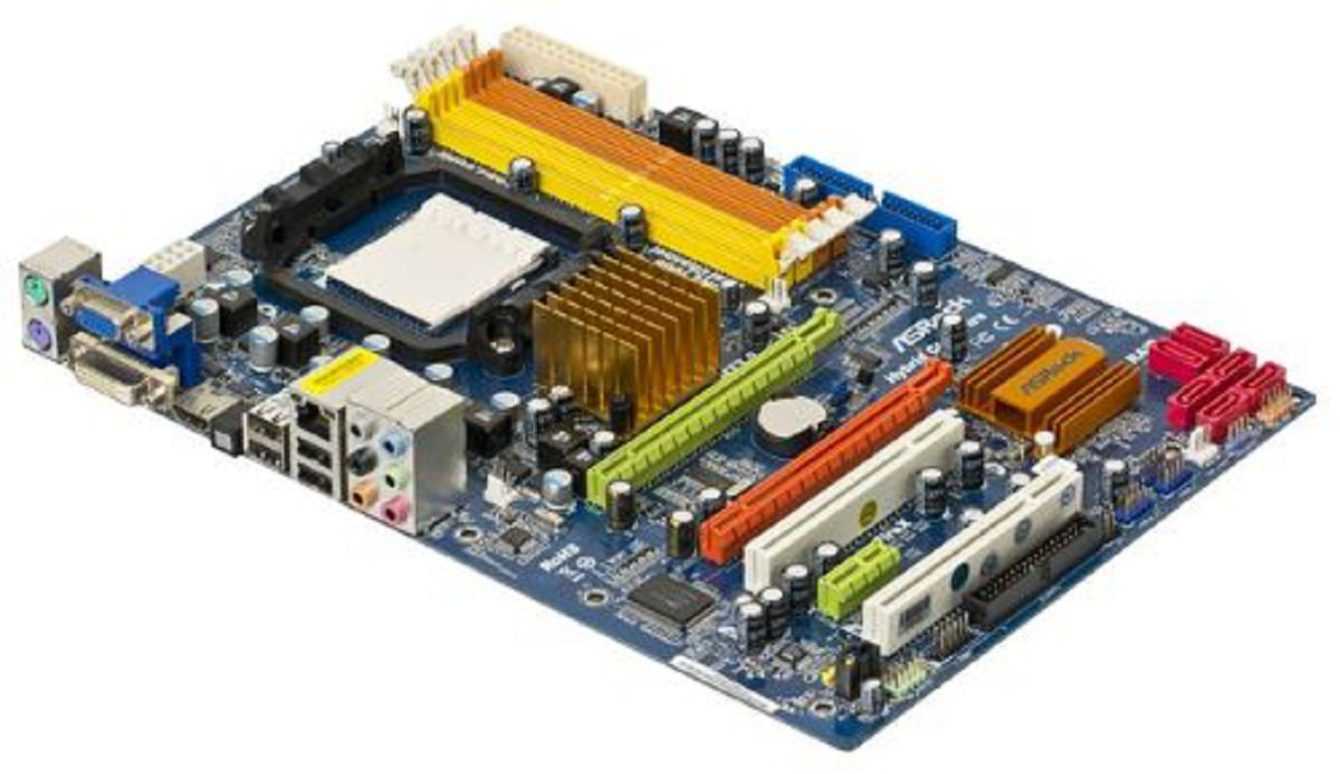
PC Components: Beyond the Basics
In addition to the fundamental components such as the processor, RAM and storage unit, there are numerous other hardware parts that play a significant role in defining the performance and functionality of a personal computer.
Among these, the graphics card is of particular importance, especially for video game enthusiasts or for those who work with three-dimensional graphics applications, making high-quality rendering and an immersive visual experience possible.
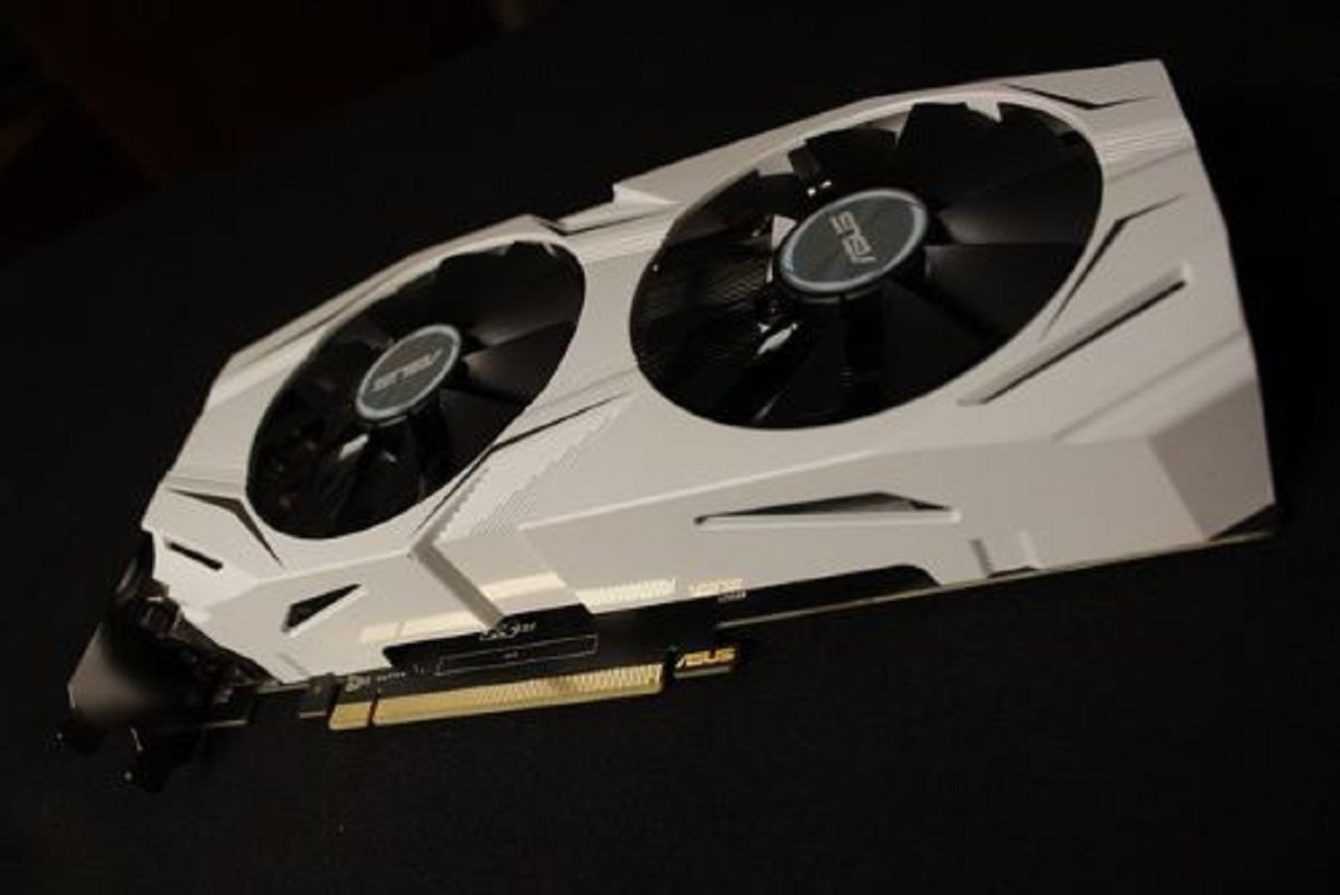
The power supply, although often overlooked, is also fundamental, as it provides the necessary energy to all the components of the system, while ensuring stable and safe power distribution. This can contribute to the longevity of the components themselves.
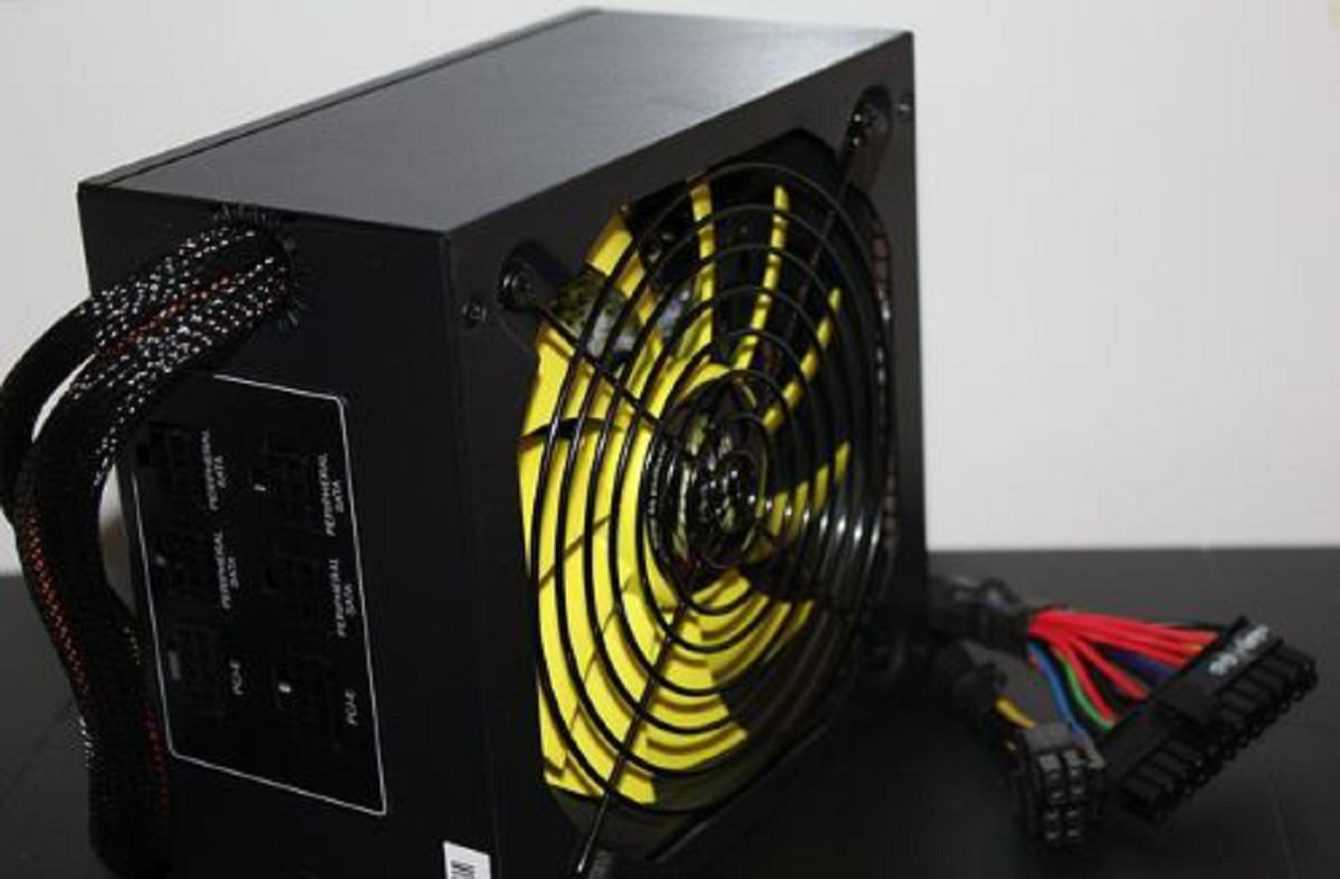
The cooling system, which can be either air or liquid, is crucial for maintaining the internal temperatures of the PC within acceptable limits, preventing overheating and ensuring optimal and long-lasting operation over time.
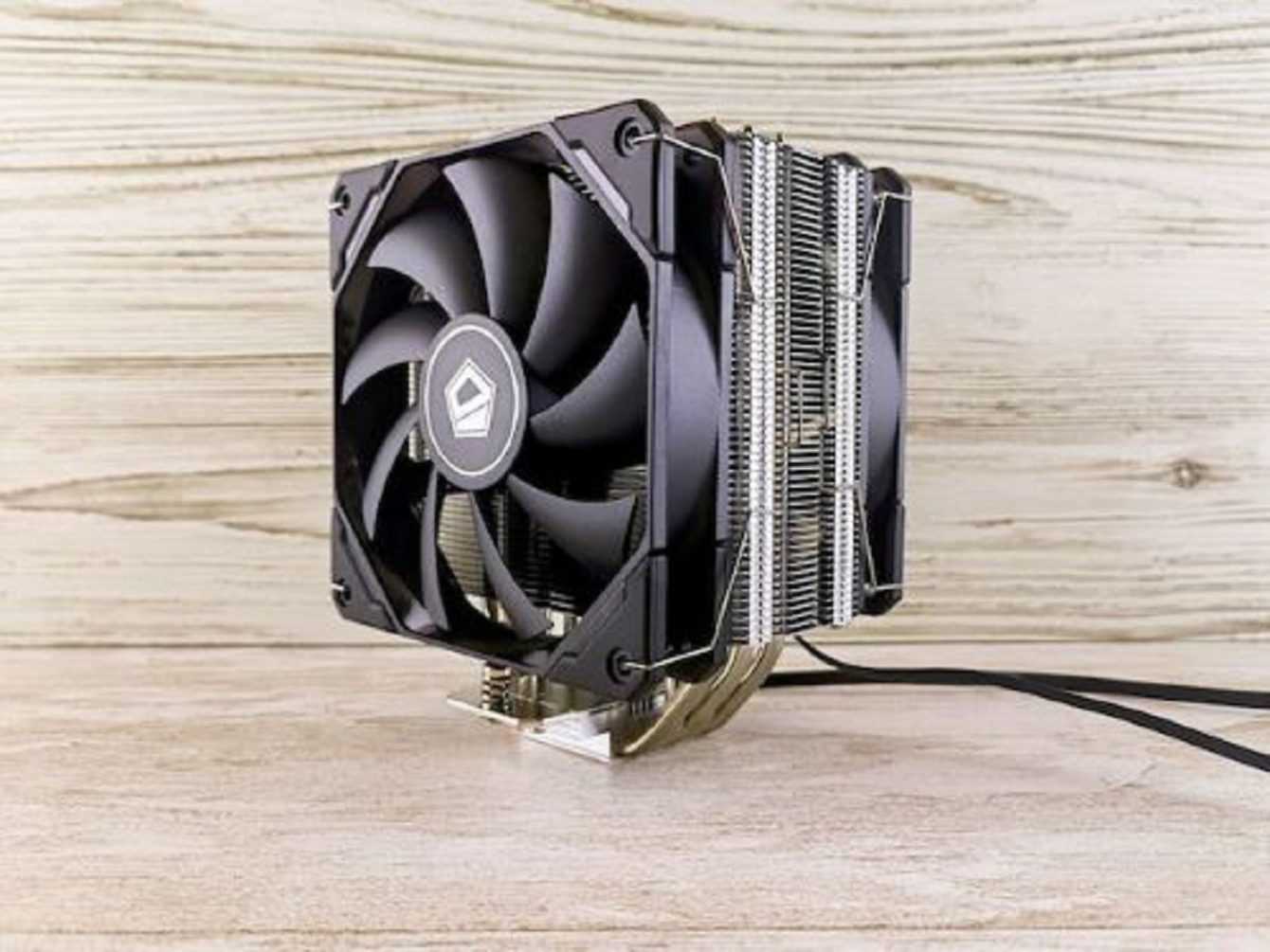
Expansion cards, such as those dedicated to networking or the control of additional peripherals, allow you to extend the computer’s capabilities, offering greater flexibility and adaptability to the user’s specific needs.
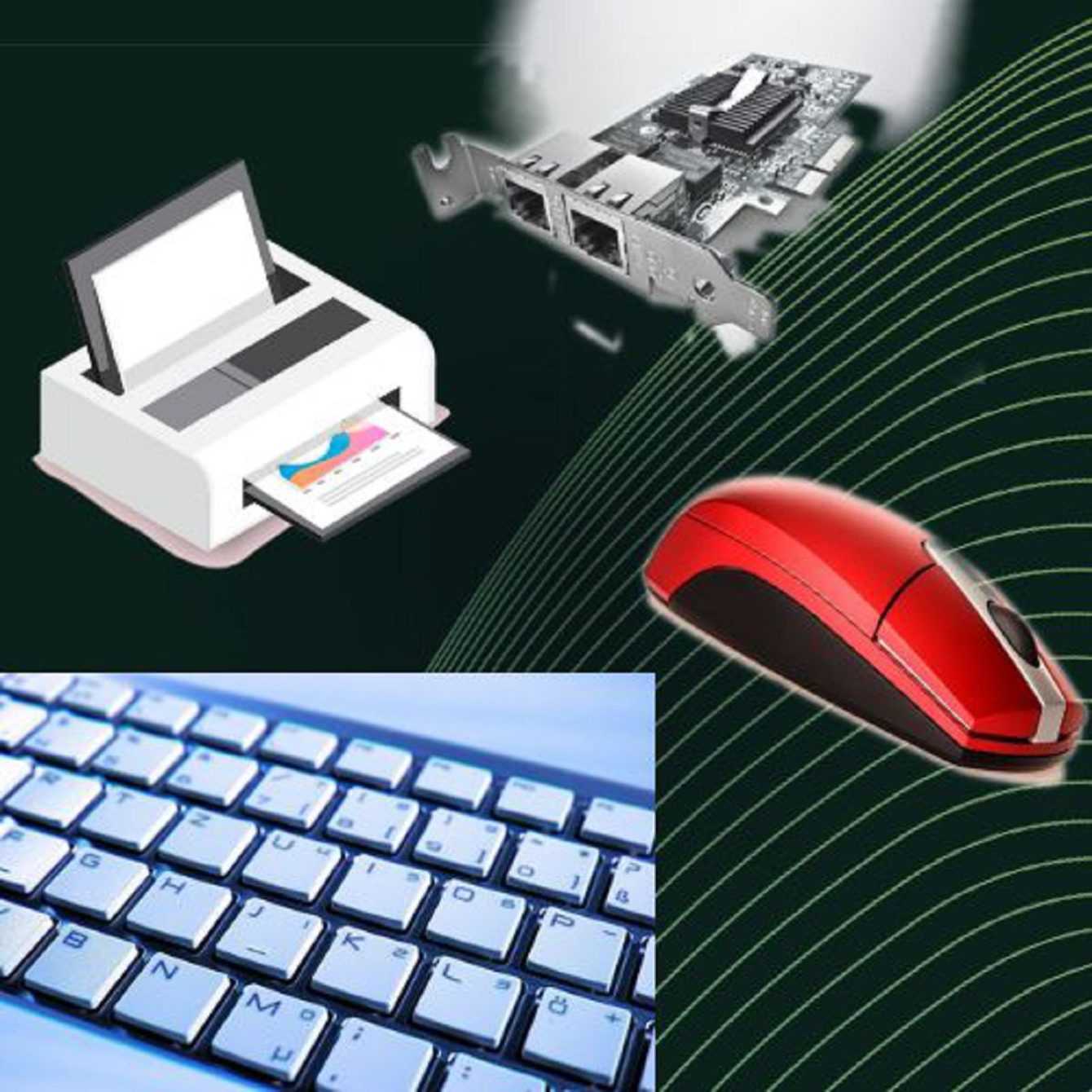
These components, together with others such as the case, which provides physical protection and facilitates cable management, or the various input/output devices, contribute to forming a complete and functional system, capable of satisfying a wide range of needs and preferences.
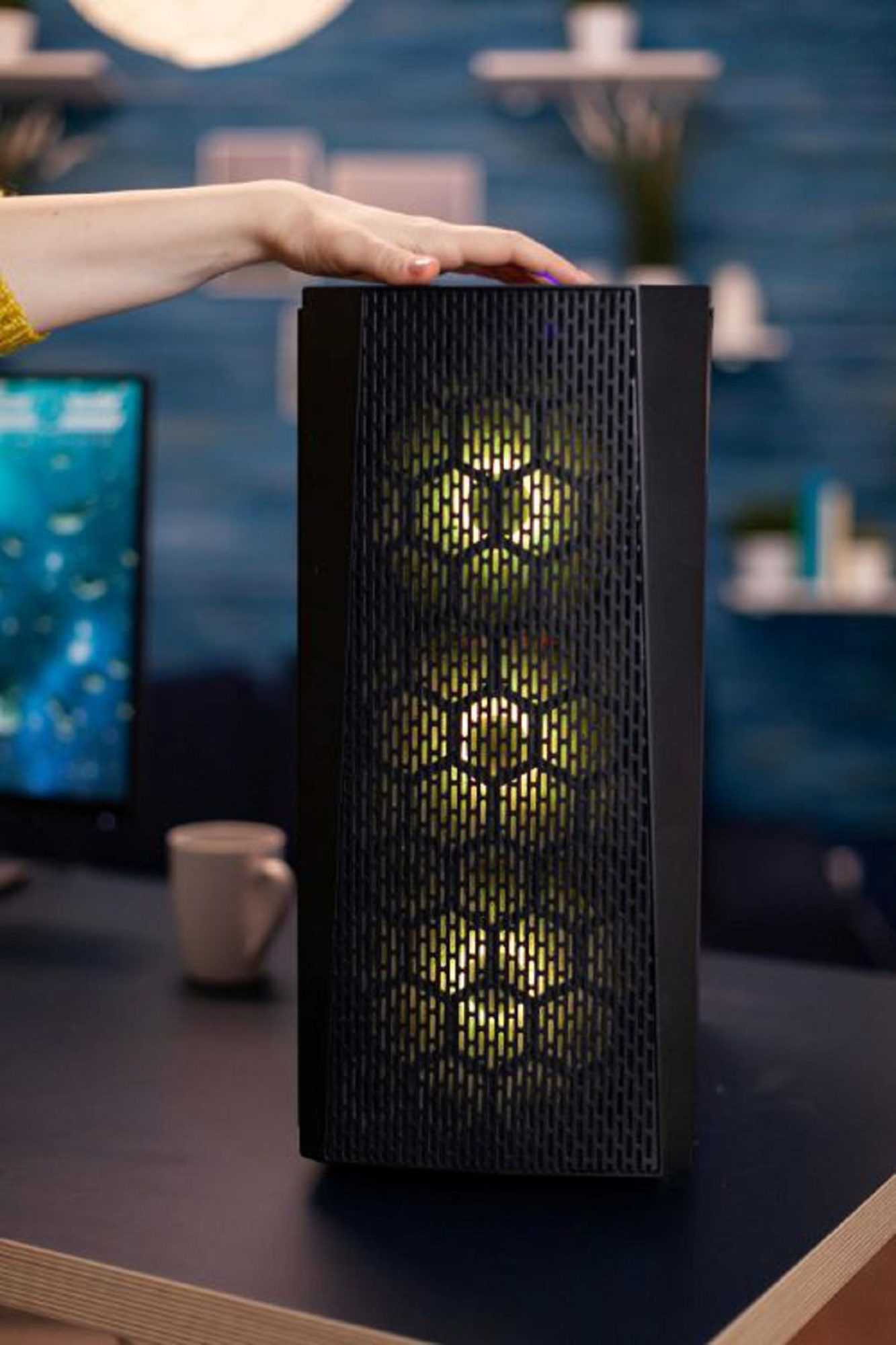
Hardware shop: where to find components
In an era dominated by digitalization, the act of upgrading or assembling a new personal PC holds significant importance for many individuals, especially technology enthusiasts. Hardware stores, whether online or offline, represent a privileged destination in this adventure, acting as true sanctuaries where the wide variety of components available fuels enthusiasm and curiosity.
Entering a hardware store opens up a world of possibilities: from the fundamentals such as purchasing new processors and RAM memory modules, up to more specific and advanced components such as sound cards or network cards. The rich assortment of components allows not only to satisfy the basic needs of a system, but also to explore new frontiers in terms of performance and customization.
For enthusiasts, the search for the perfect component can turn into a sort of treasure hunt, where each discovery opens the door to new potential and improvements for their beloved PC. Sound cards, for example, can elevate the acoustic experience, while a robust network card is crucial to ensuring stable and fast connections.
The variety of choices, the opportunity to compare different brands and models, along with the ability to receive advice from knowledgeable staff, makes the shopping experience at a hardware store educational and rewarding. Furthermore, the atmosphere in these places is often filled with a shared passion for technology, making a visit to the hardware store not only a means to a practical end, but also a pleasant immersion in a like-minded community.
Hardware Planet: the evolution of hardware components
In the technological world, the narrative of growth and development is deeply rooted in the fabric of the evolution of hardware, the beating heart of every digital device. The hardware saga has seen a rapid and relentless progression, a journey that has taken hardware components from being bulky and less powerful, to compact, energy-efficient monsters of power.
As the years advanced, there was a significant metamorphosis:
-
The circuits have become more intricate but smaller
-
Processors have accelerated their clock speed, expanding their multitasking capabilities
-
While memory units have learned to store an ever-increasing amount of data in increasingly smaller spaces.
This progress was not just a matter of power and size; it was a march towards energy efficiency, a crucial aspect in an era increasingly aware of the importance of sustainability.
Energy efficiency has made devices more reliable and significantly reduced their environmental impact. But the real magic lies in how this evolution has served as a catalyst for the emergence of new technologies and applications. It has created fertile ground for innovation, enabling the emergence of disruptive technologies such as artificial intelligence, machine learning, virtual and augmented reality, to name a few.
These innovations have pushed the boundaries of what computers and other devices can do, radically transforming the way we interact with the digital and physical world. The evolution of hardware has therefore opened previously unimaginable doors, ushering in an era of infinite possibility that continues to push humanity towards new horizons of discovery and innovation.
Hardware vs software components: a necessary synergy
The distinction between hardware and software components represents a fundamental aspect in the world of information technology, and the synergistic interaction between these two elements is crucial for the optimal functioning of a computerized system.
Hardware components, such as processors, memories, motherboards, and input/output devices, form the physical foundation on which the system operates. Without the software, they would remain mere pieces of metal and plastic incapable of performing any function.
Software, on the other hand, represents the intangible part of the system, including operating systems, drivers, applications and all programs that allow the hardware to function and interact with the user.
This mutual relationship between hardware and software is the beating heart of how a computer works. The software, through a series of coded instructions, guides the hardware in carrying out the desired operations, thus allowing a vast range of functions. For example, it is software that interprets commands given by the user through the keyboard or mouse, and translates these instructions into tasks that can be performed by the hardware. Likewise, the software manages hardware resources, allocating memory and controlling access to storage devices and network components, thus optimizing system performance.
The synergy between hardware and software not only makes it possible to perform complex tasks, but also amplifies the potential of each system, making computers extremely powerful and versatile tools. In an era where technology continues to evolve at a dizzying pace, the harmony between hardware and software remains a pillar…






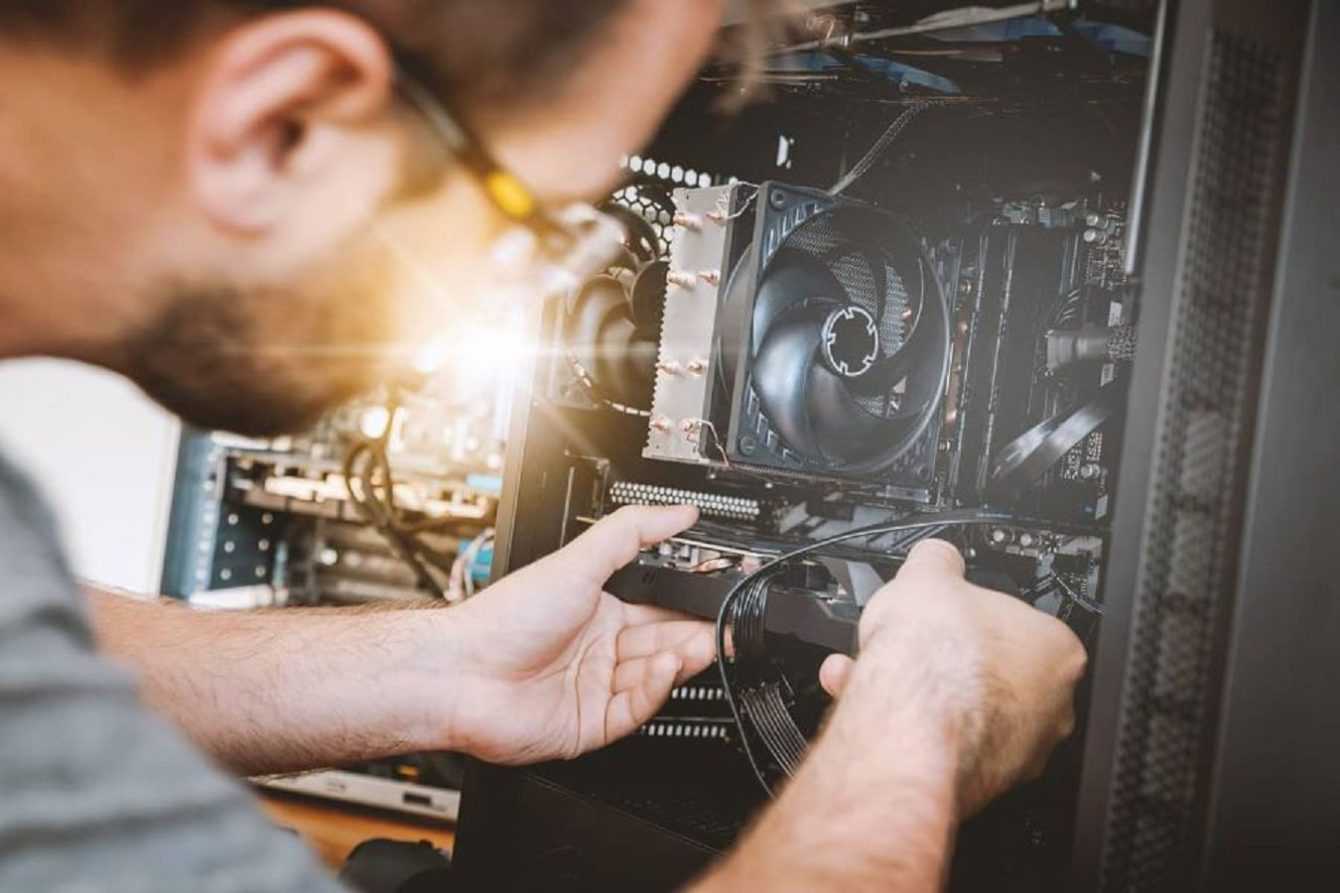





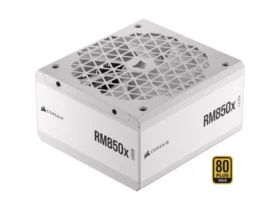


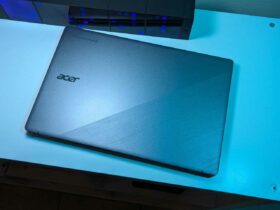
Leave a Reply
View Comments